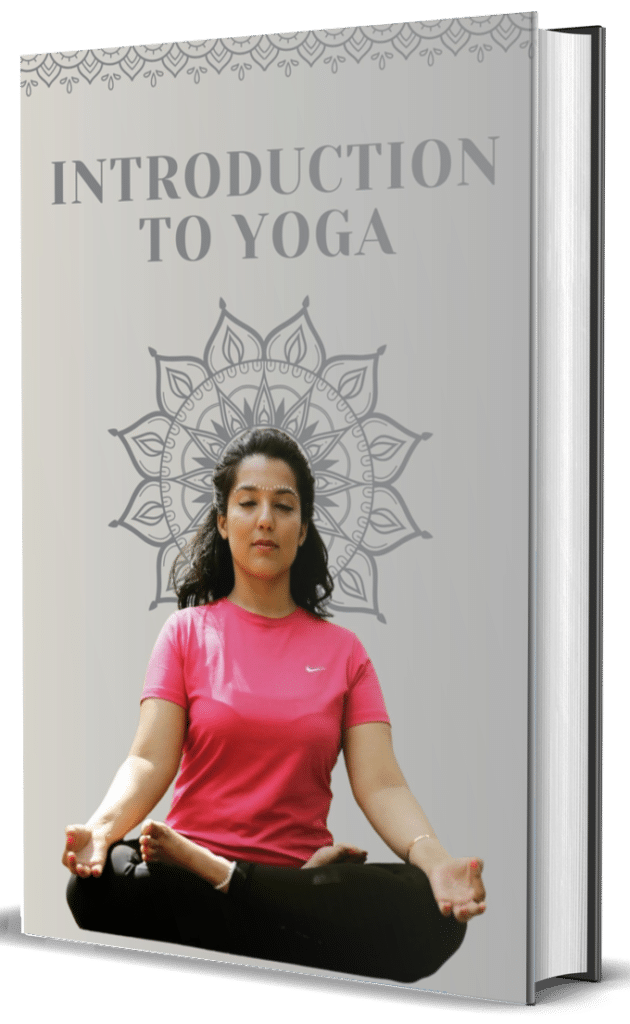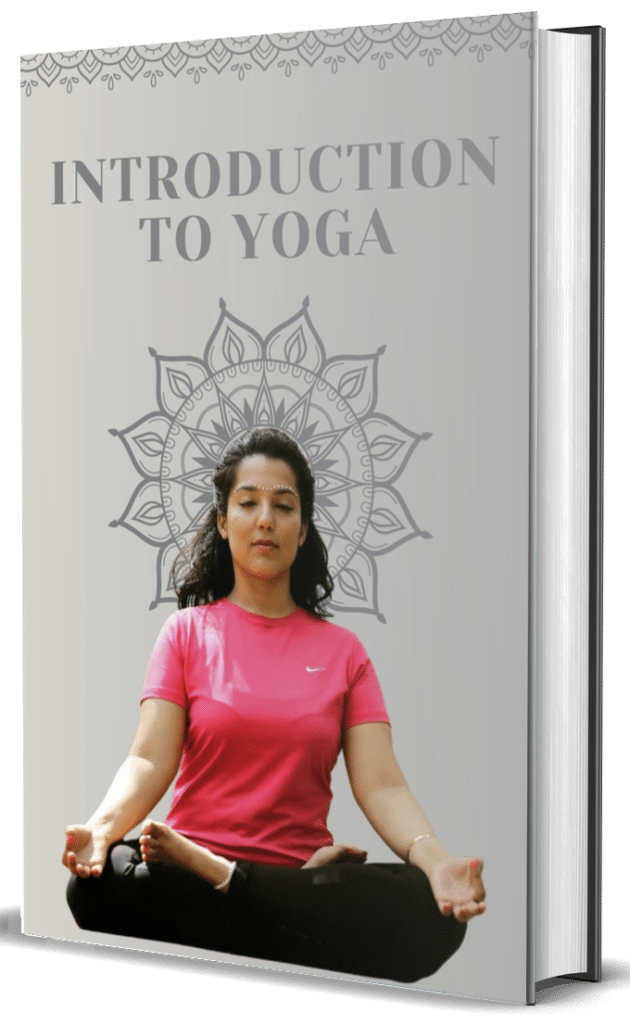Jathara Parivartanasana commonly known as Stomach Revolving Pose or Revolved Abdomen Pose is a supine twisting asana in yoga. The name derives from Sanskrit where ‘jathara’ means ‘stomach’ or ‘abdomen’ and ‘parivartana’ means ‘revolving’ or ‘turning around’.
In this pose the practitioner lies on their back with arms extended to the sides in a T-position legs together and knees bent or straight. The legs then lower to one side while keeping both shoulders grounded creating a twist in the spine. The gaze is typically turned in the opposite direction of the legs to enhance the spinal rotation.
Jathara Parivartanasana is renowned for its effectiveness in releasing tension along the entire spine especially in the lower back. It’s considered a restorative pose that offers both relaxation and therapeutic benefits.
The primary benefits include:
• Massages and stimulates internal organs particularly the digestive organs
• Improves spinal mobility and flexibility
• Relieves lower back pain and tension
• Stretches the chest shoulders and hips
• Helps alleviate constipation and indigestion
• Balances the nervous system
• Reduces stress and anxiety
Various modifications of this pose exist including bent-knee and straight-leg variations. Beginners often start with bent knees and may place a bolster or cushion under the knees for support. Advanced practitioners might practice with straight legs or even add leg variations while maintaining the twist.
This pose is contraindicated for those with recent or chronic injury to the spine or those who have had recent abdominal surgery. Pregnant women particularly in later stages of pregnancy should practice modified versions under expert guidance.
In yoga sequencing Jathara Parivartanasana is often incorporated near the end of a practice as it helps neutralize the spine after various forward bends backbends and standing postures. It prepares the body for final relaxation in Savasana.



